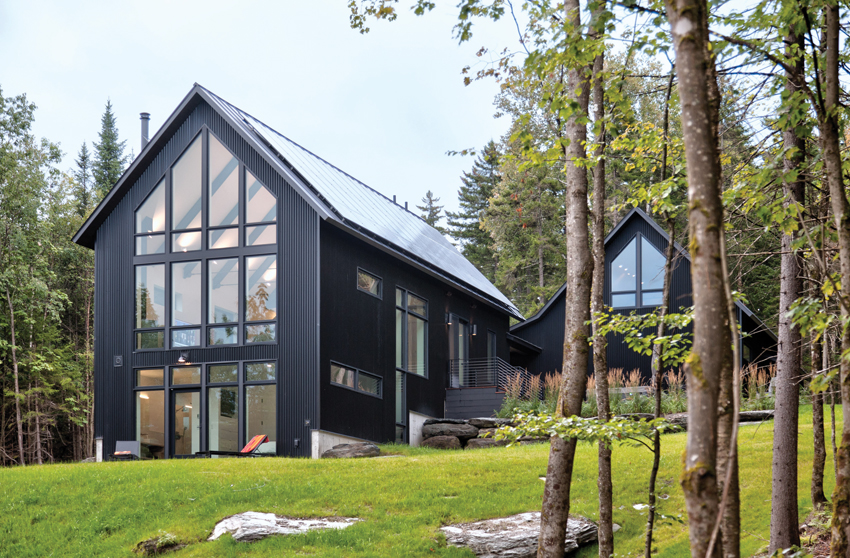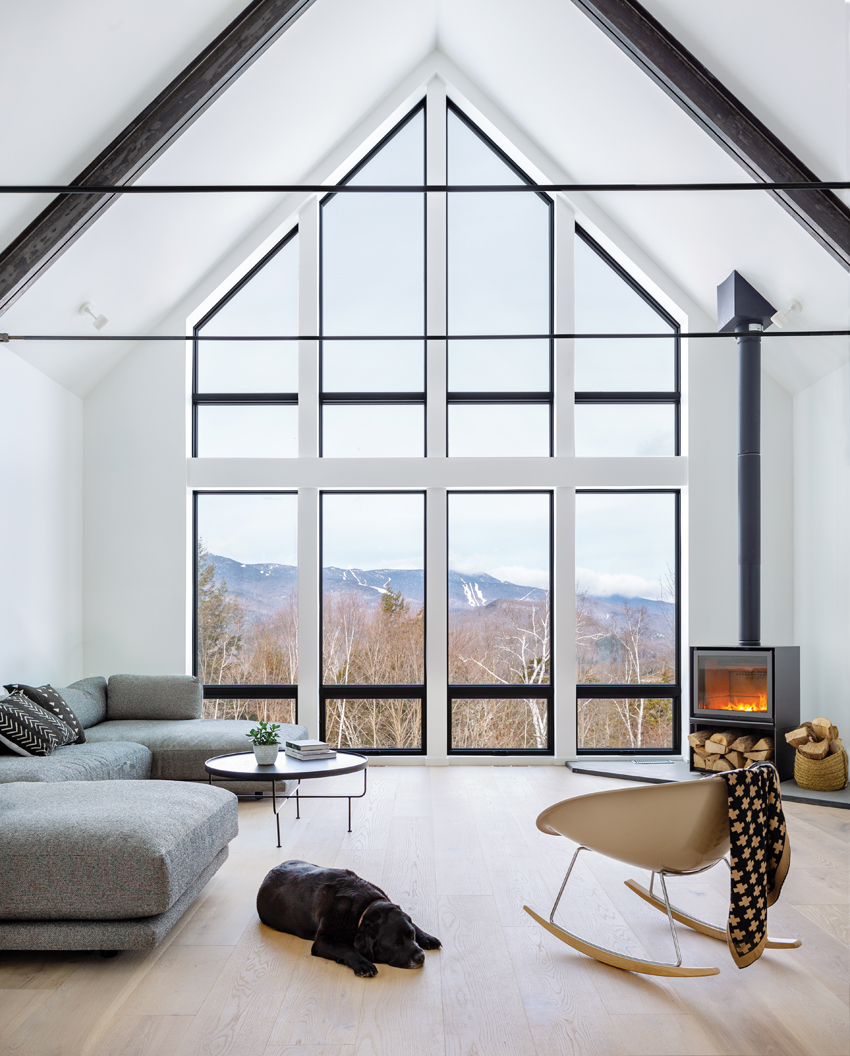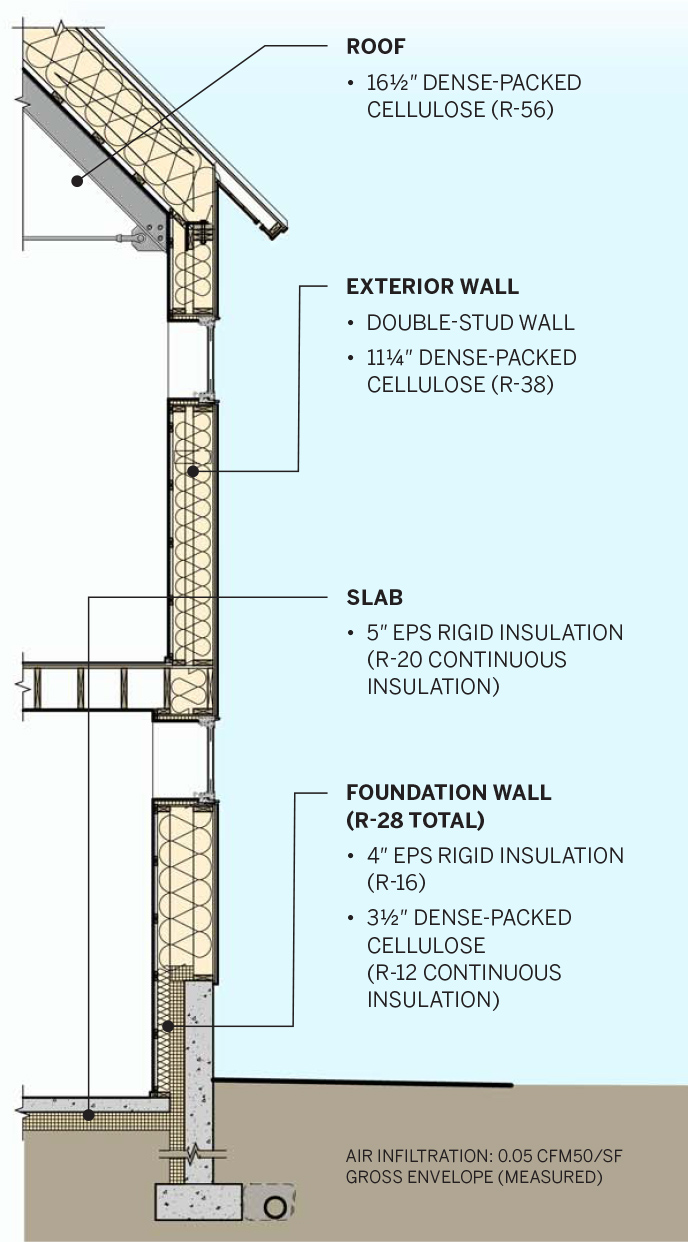Zero Energy Houses
 1 AIA LU/HSW; 0.1 IACET CEU*; 1 AIBD P-CE; AAA 1 Structured Learning Hour; This course can be self-reported to the AANB, as per their CE Guidelines; AAPEI 1 Structured Learning Hour; This course can be self-reported to the AIBC, as per their CE Guidelines.; MAA 1 Structured Learning Hour; This course can be self-reported to the NLAA.; This course can be self-reported to the NSAA; NWTAA 1 Structured Learning Hour; OAA 1 Learning Hour; SAA 1 Hour of Core Learning
1 AIA LU/HSW; 0.1 IACET CEU*; 1 AIBD P-CE; AAA 1 Structured Learning Hour; This course can be self-reported to the AANB, as per their CE Guidelines; AAPEI 1 Structured Learning Hour; This course can be self-reported to the AIBC, as per their CE Guidelines.; MAA 1 Structured Learning Hour; This course can be self-reported to the NLAA.; This course can be self-reported to the NSAA; NWTAA 1 Structured Learning Hour; OAA 1 Learning Hour; SAA 1 Hour of Core Learning
Learning Objectives:
- Define zero energy.
- Describe design strategies for zero energy house projects, including new construction and renovations.
- Discuss challenges to achieving zero energy operations.
- Explain the concepts behind the Passive House Standard.
This course is part of the Custom Home Academy
View course on architecturalrecord.com »
BY NOW this salient fact has been hammered into architects’ heads: buildings account for nearly 40 percent of carbon emissions. But most professionals don’t know how to change that number fast. Shrinking the built environment’s share of the carbon pie requires a host of measures, from efficiency upgrades to using low-carbon materials and cleaning up the grid—a complicated list. But one straightforward solution is to make more buildings zero energy. And, with the United States facing a severe housing shortage, the residential market presents an opportunity to tackle both the climate crisis and the need for shelter.


PHOTOGRAPHY: RED HOUSE BUILDING (TOP) © LINDSAY SELIN (BOTTOM)
A HOUSE in Vermont’s Green Mountains, designed as a vacation home, has become a full-time Covid retreat, altering its expected energy-use profile.
Zero energy construction is a fledgling market, but one with a steep growth curve. The nonprofit New Buildings Institute says that zero energy commercial buildings across the United States and Canada now encompass 80 million square feet, a tenfold increase since 2010. In the North American residential sector, the Energy & Environmental Building Alliance (EEBA) counted 28,000 zero energy housing units by the third quarter of last year, up 26 percent since the organization’s last tally in 2018.

BUILDING SECTION









